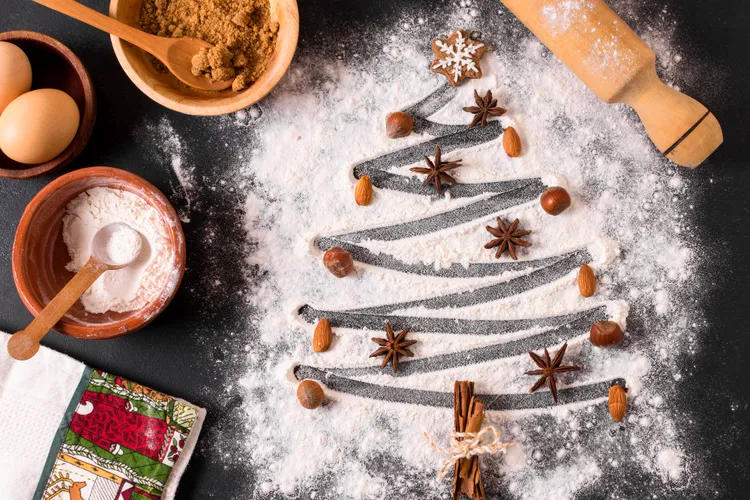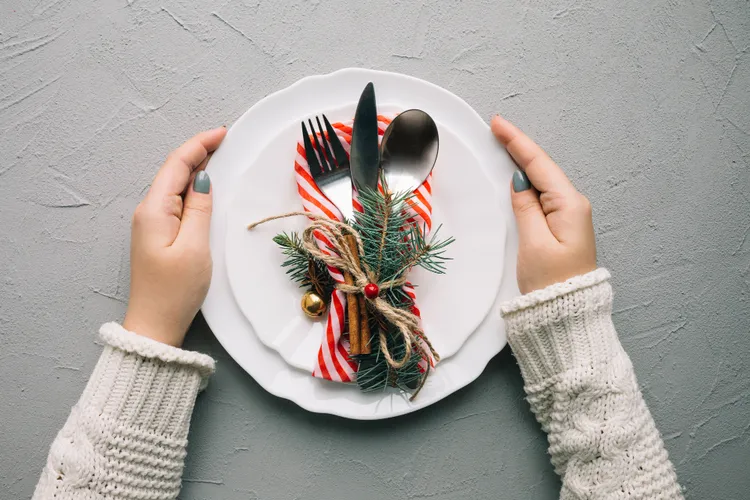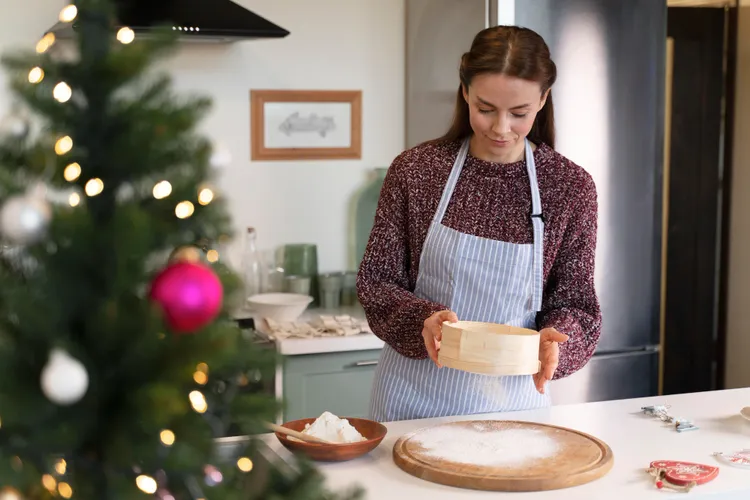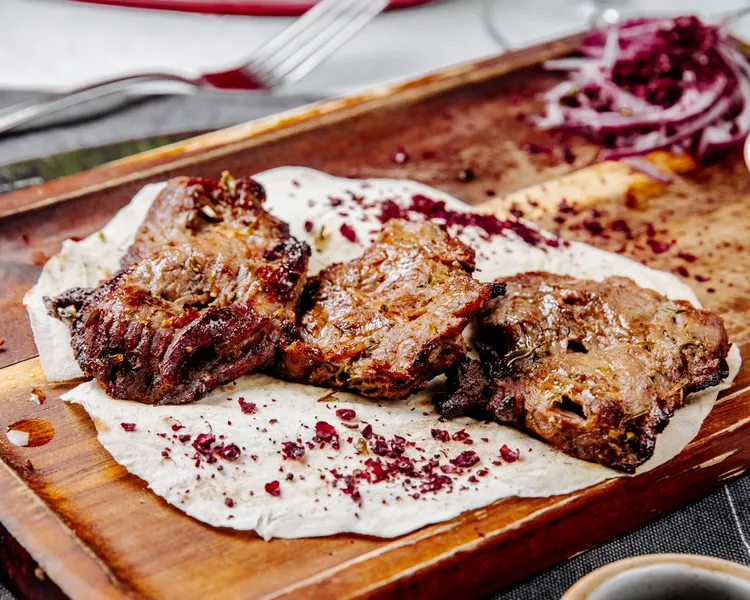Gluten-Free Baking Basics: Tips & Recipes
If you’ve recently gone gluten-free, one of the biggest challenges is baking. Bread, cookies, muffins, cake - it feels like gluten is everywhere. But the truth is, with the right flours and techniques, you can still enjoy all your favorite baked goods. This guide covers gluten-free baking basics, common mistakes to avoid, and a few recipes to get you started.

Switching to gluten-free baking can feel intimidating at first. If you’ve ever pulled a dense loaf of bread from the oven or a batch of cookies that crumbled to dust, you’re not alone. Gluten, a protein found in wheat, barley, and rye, is what gives baked goods their structure and chewiness. Without it, baking can seem like a mystery.
But here’s the good news: with the right techniques and ingredients, gluten-free baking can be just as delicious - and sometimes even better - than traditional baking. Whether you’re baking for health reasons, celiac disease, gluten sensitivity, or simply experimenting, this guide covers everything you need to know.
Why Go Gluten-Free?
People choose gluten-free eating for different reasons:
Celiac disease: a serious autoimmune condition where gluten damages the small intestine
Gluten sensitivity: causes bloating, fatigue, and digestive issues
Lifestyle choice: some people simply feel better without gluten
If you’re exploring different diets, see Special Diets Made Simple for an overview of gluten-free, keto, paleo, vegan, and more.
The Challenge of Gluten-Free Baking
Gluten is what gives bread its chew, cakes their structure, and cookies their elasticity. Without it, baked goods can turn out:
Crumbly
Dry
Dense
But don’t worry - with the right ingredients, you can absolutely bake delicious gluten-free treats.
Popular Gluten-Free Flours (Beginner-Friendly)
Rice Flour: Neutral, versatile, often used as a base flour.
Almond Flour: Adds richness, healthy fats, and moisture.
Oat Flour (certified GF): Great for muffins, cookies, and pancakes.
Coconut Flour: Very absorbent - use sparingly and with extra liquid.
Sorghum Flour: Mild, slightly sweet, excellent in bread blends.
Chickpea Flour: High in protein, good for savory baking.
Pro Tip: Start with a high-quality gluten-free all-purpose blend if you’re new to baking - it makes substitution easier.
Tips for Gluten-Free Baking Success
Use a flour mix - Single flours rarely mimic wheat; blends give better texture.
Add binders - Xanthan gum, psyllium husk, or chia seeds help mimic gluten’s stretchiness.
Don’t overmix - Without gluten, overmixing won’t make things tough, but it can still change texture.
Experiment - Gluten-free baking can vary depending on humidity, flour brand, and recipe.
Common Mistakes in Gluten-Free Baking (and How to Fix Them)
Too dry or crumbly? → Add more fat, eggs, or moisture-rich ingredients.
Gritty texture? → Let batter rest before baking.
Dense bread? → Add more leavening (baking soda, baking powder, or yeast).
Flat cookies? → Chill dough before baking to prevent spreading.
Simple Gluten-Free Recipes
1. Gluten-free buckwheat bread
Start your gluten-free baking journey with this nutritious bread and savor the unique, nutty flavor!
- Cook time 60 min
- Prep time 20 min
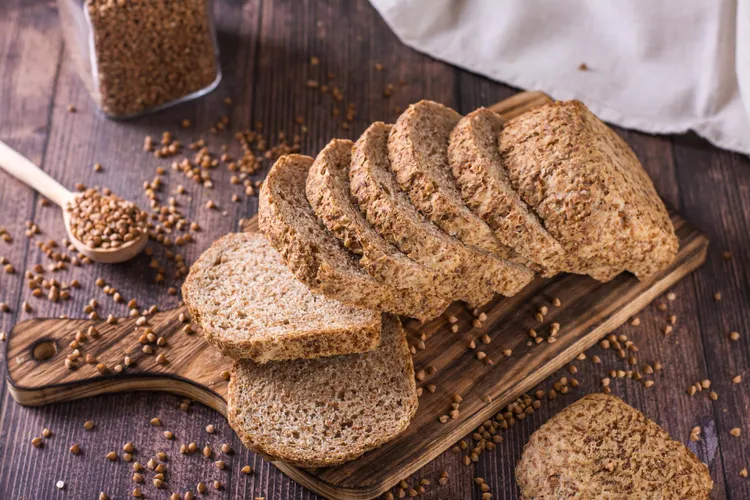
2. Flourless chocolate hazelnut cake
Made with simple ingredients like eggs, sugar, hazelnuts, and light sour cream.
- Cook time 70 min
- Prep time 20 min
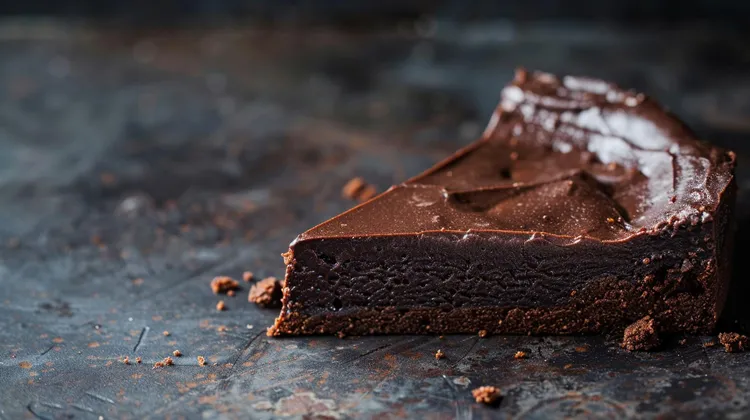
3. Almond and currant biscuits
Enhanced with a splash of orange juice, these gluten-free treats combine white rice flour and corn flour for a perfectly crumbly texture.
- Cook time 18 min
- Prep time 10 min
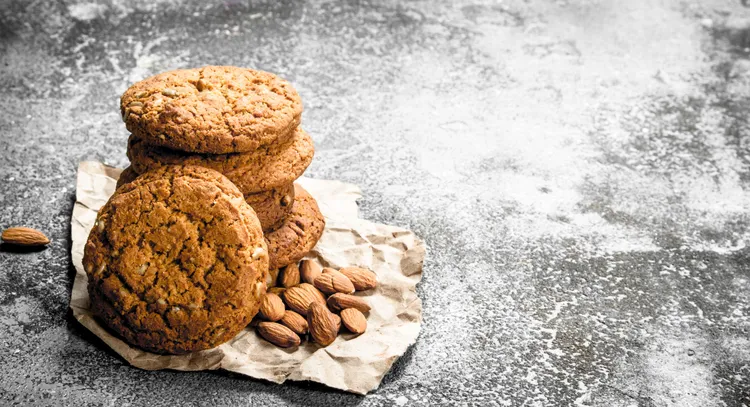
4. Gluten-free almond, raspberry and lime friands
Featuring finely ground almonds, zesty lime, and juicy raspberries.
- Cook time 15 min
- Prep time 10 min
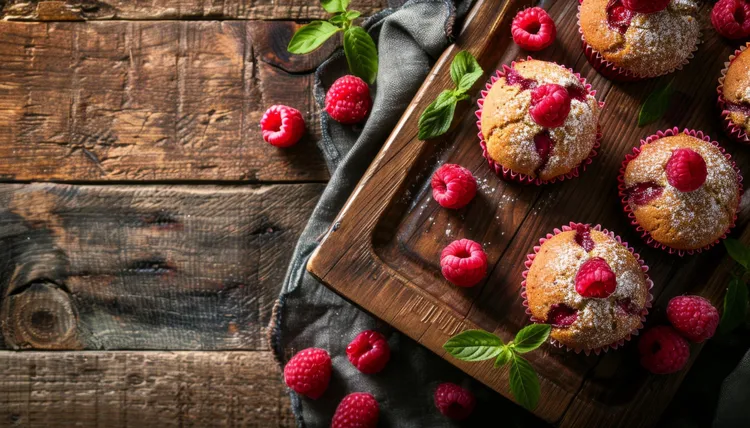
5. Gluten-free spinach and mushroom tart
Easy gluten-free spinach and mushroom tart recipe that combines flaky puff pastry, savory leeks, garlic, and mushrooms with fresh spinach, creamy feta cheese, and a rich egg-milk mixture.
- Cook time 50 min
- Prep time 15 min

6. Gluten free chocolate protein muffins
Packed with protein and bursting with chocolate flavor, they make for an excellent snack or a quick breakfast on the go.
- Cook time 18 min
- Prep time 5 min
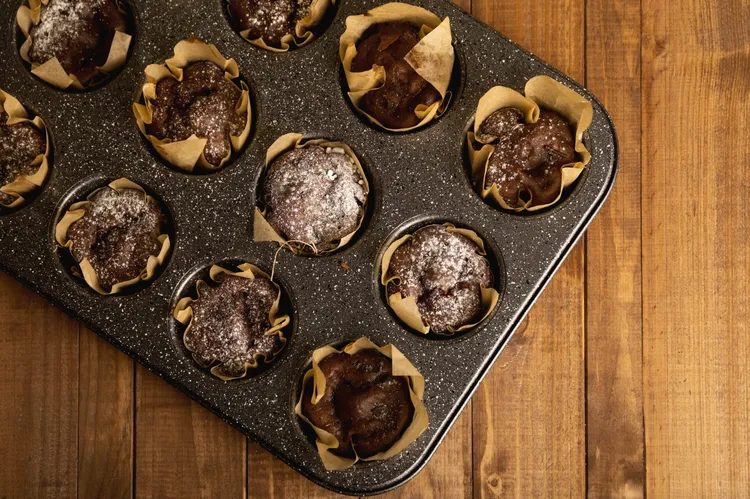
7. Gluten-free almond flour pizza
Packed with mozzarella cheese, creamy cheese, and topped with pepperoni, this easy-to-make pizza is perfect for those seeking a low-carb, grain-free option.
- Cook time 20 min
- Prep time 10 min

8. Gluten-free banana cake
This delightful cake is perfect for those who love a moist, flavorful cake but need to avoid gluten.
- Cook time 45 min
- Prep time 20 min
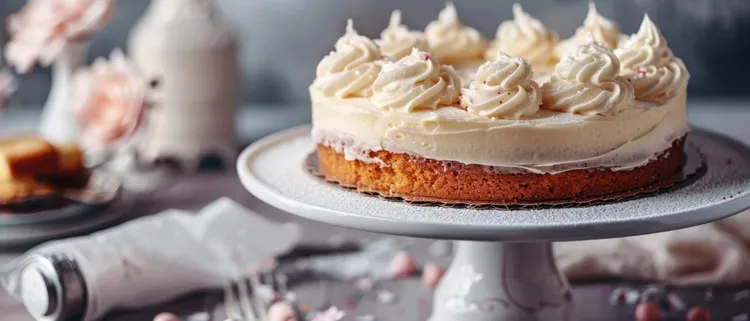
9. Gluten-free banana bread
This easy recipe combines the natural sweetness of ripe bananas and a hint of cinnamon, perfect for a healthy treat.
- Cook time 70 min
- Prep time 10 min
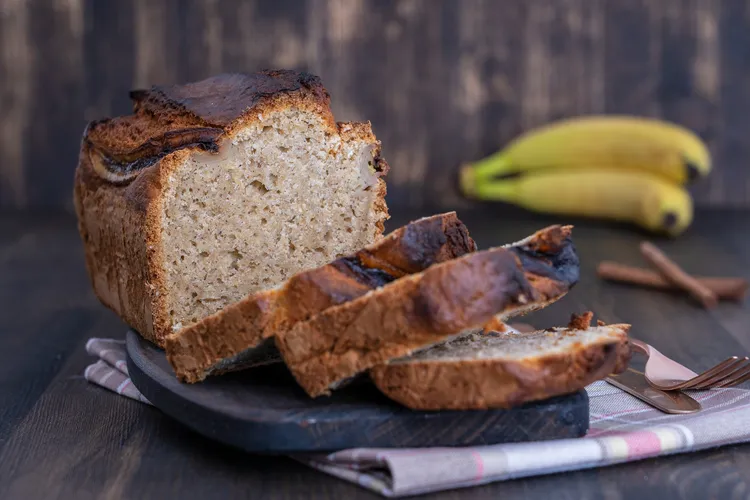
10. Gluten-free cupcakes
Made with white rice flour, corn flour, and rich brown sugar.
- Cook time 25 min
- Prep time 15 min
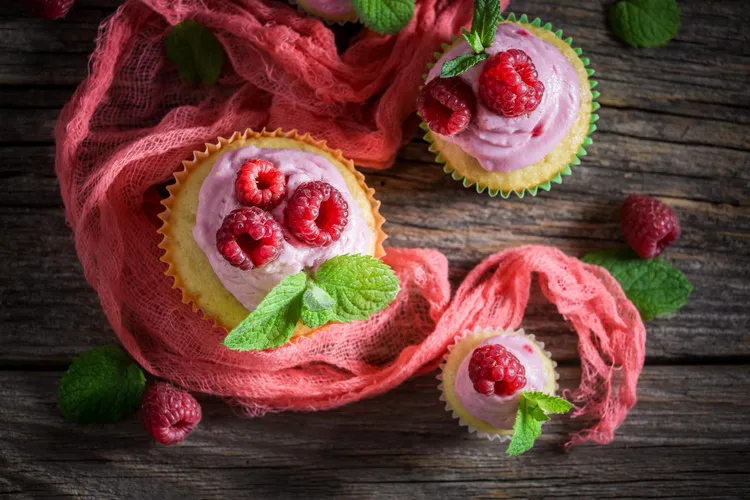
11. Keto pepperoni and jalapeno pizza
Ready in under an hour, it's perfect for keto, low-carb and gluten-free diets.
- Cook time 20 min
- Prep time 10 min
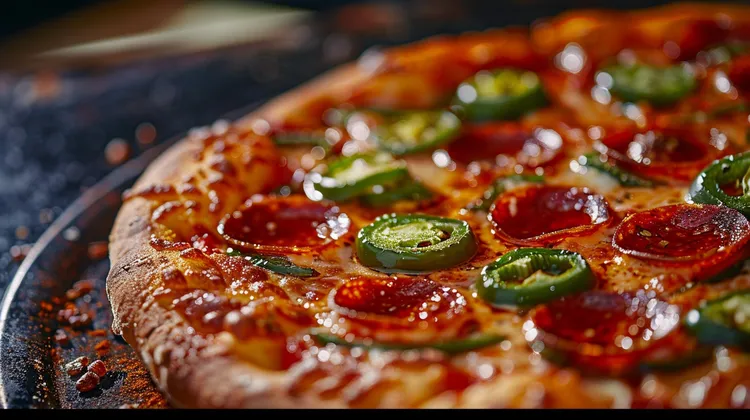
12. Orange and almond cake
Made with fresh oranges, ground almonds, and a hint of cardamom.
- Cook time 50 min
- Prep time 90 min
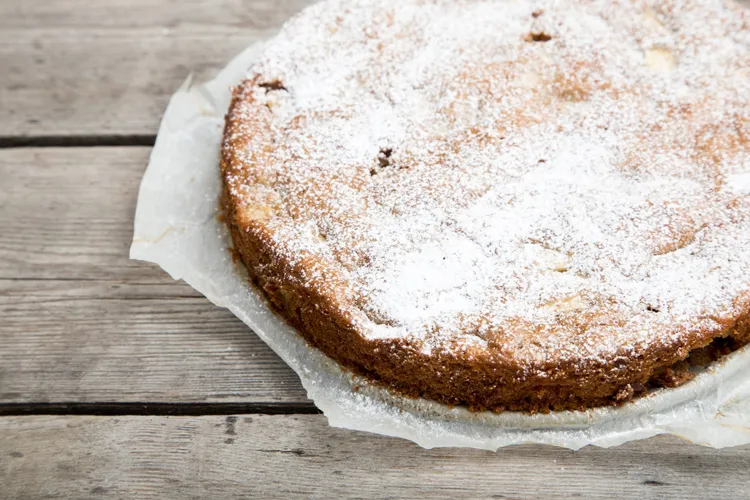
13. Egg coconut flour muffins
Made with simple ingredients like eggs, Greek yogurt, coconut flour, and baking powder. Gluten-free and low-carb!
- Cook time 20 min
- Prep time 10 min
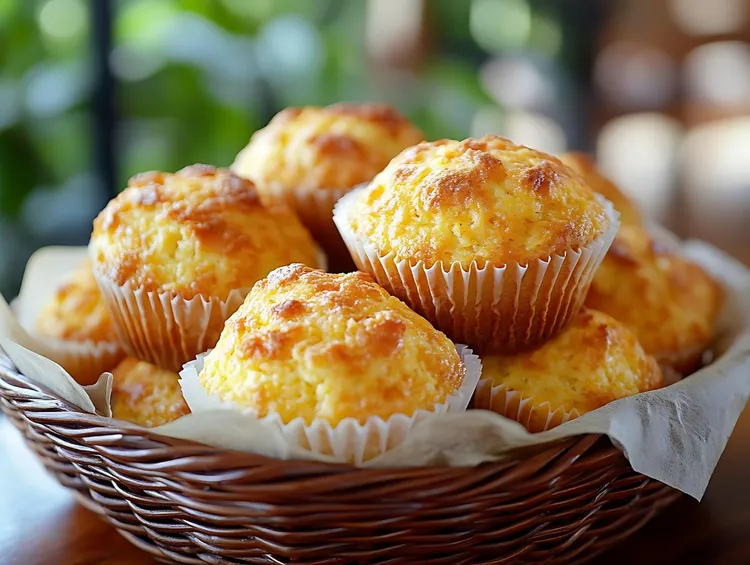
14. Torta de santiago
Traditional almond cake featuring finely ground almonds, zesty lemon, aromatic cinnamon, and a touch of sweetness.
- Cook time 40 min
- Prep time 15 min
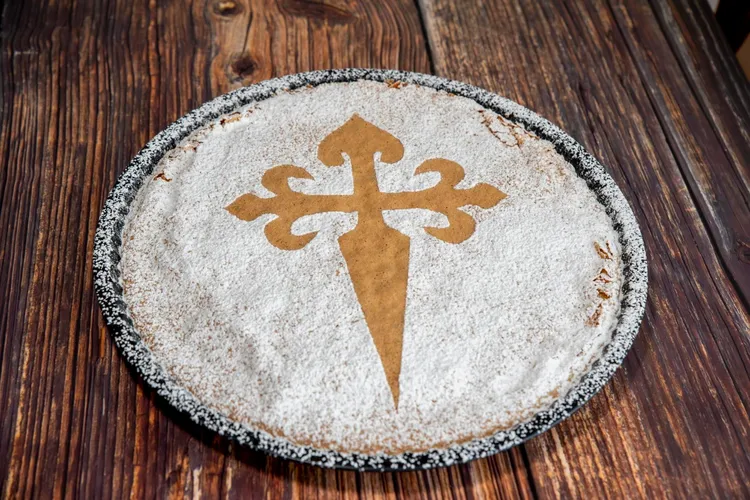
15. Baked greek-style omelette
This flavorful dish combines white rice, leeks, zucchini, garlic, spearmint, dill, feta cheese, and eggs, all baked to perfection in olive oil.
- Cook time 50 min
- Prep time 15 min
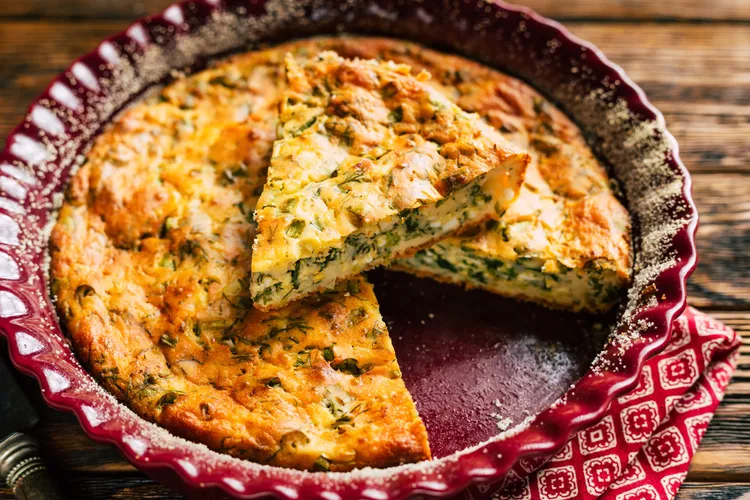
Gluten-Free + Other Diets
Gluten-free recipes often overlap with other eating styles:
Many paleo breakfasts are naturally gluten-free - see Paleo Breakfast Ideas You’ll Actually Love for inspiration.
Some gluten-free treats are also low-carb, especially if you use almond or coconut flour - pair with Low-Carb Snacks That Actually Taste Good for more ideas.
Gluten-free baking is a learning process - but once you master the basics, it’s incredibly rewarding. With the right flour blends, binders, and techniques, you can bake everything from fluffy banana bread to chewy cookies without missing wheat.
Start simple with banana bread or muffins, then experiment with different flour combinations as you gain confidence. Remember: gluten-free baking isn’t about copying traditional baking perfectly - it’s about creating something equally delicious in its own right.
Ready to try more special diets? Explore:
Or the big-picture guide: Special Diets Made Simple
Frequently Asked Questions About Gluten-Free Baking
1. What is the secret to good gluten-free baking?
The secret is using a blend of gluten-free flours and starches instead of relying on just one type. Adding binders like xanthan gum or psyllium husk also helps mimic the elasticity that gluten normally provides.
2. What are the best gluten-free flours for beginners?
The best gluten-free flours for beginners are rice flour, almond flour, oat flour, and sorghum flour. Starting with a gluten-free all-purpose flour blend is the easiest way to get consistent results.
3. How do you keep gluten-free baked goods from falling apart?
To prevent crumbling, add a binder such as xanthan gum, psyllium husk, or flaxseed meal. Also, make sure to measure ingredients accurately and allow batter to rest before baking.
4. Can you substitute gluten-free flour 1:1 for regular flour?
Not always. Many recipes require adjustments to liquid, fat, and binding agents. However, gluten-free all-purpose flour blends are designed for 1:1 substitution in most recipes.
5. Why are my gluten-free baked goods dry?
Gluten-free flours tend to absorb more liquid. To fix dryness, try adding moisture-rich ingredients like mashed bananas, applesauce, yogurt, or extra eggs.
6. Is gluten-free baking healthier?
Not necessarily. Gluten-free baking eliminates gluten, but it doesn’t automatically make baked goods lower in calories or sugar. It can be healthier if you use whole-grain gluten-free flours (like sorghum or oat) and natural sweeteners.
